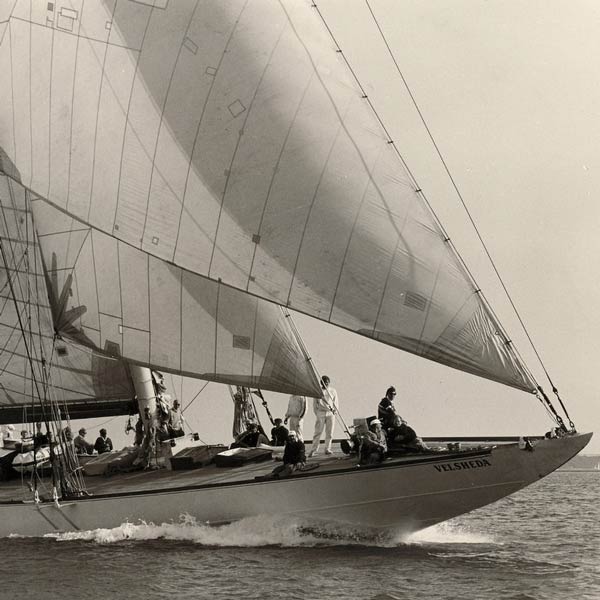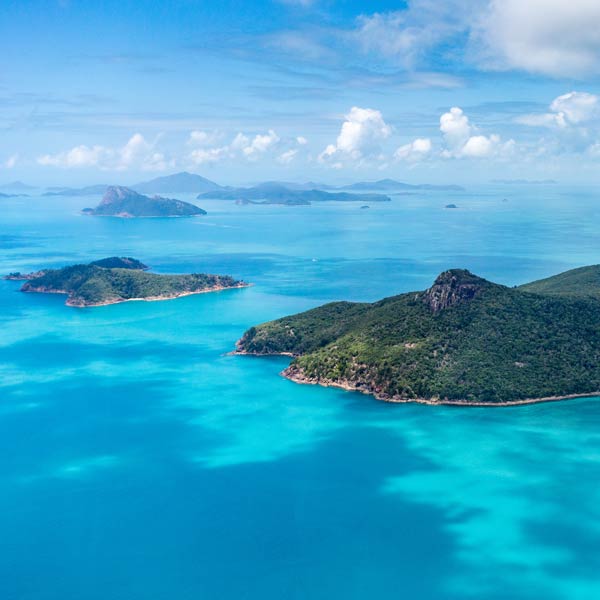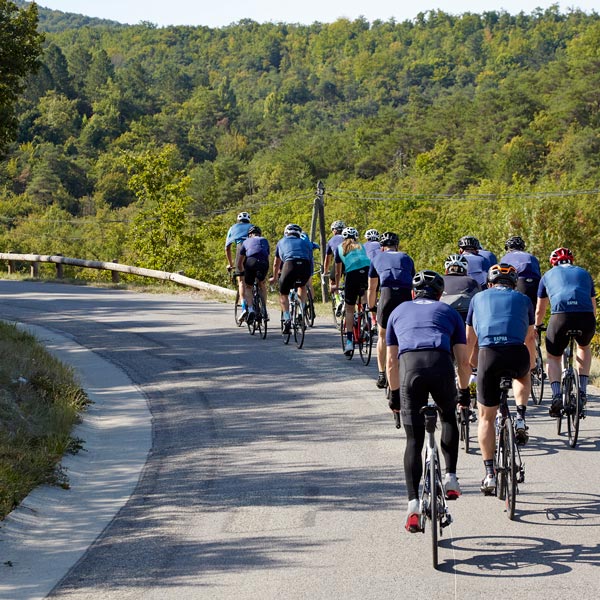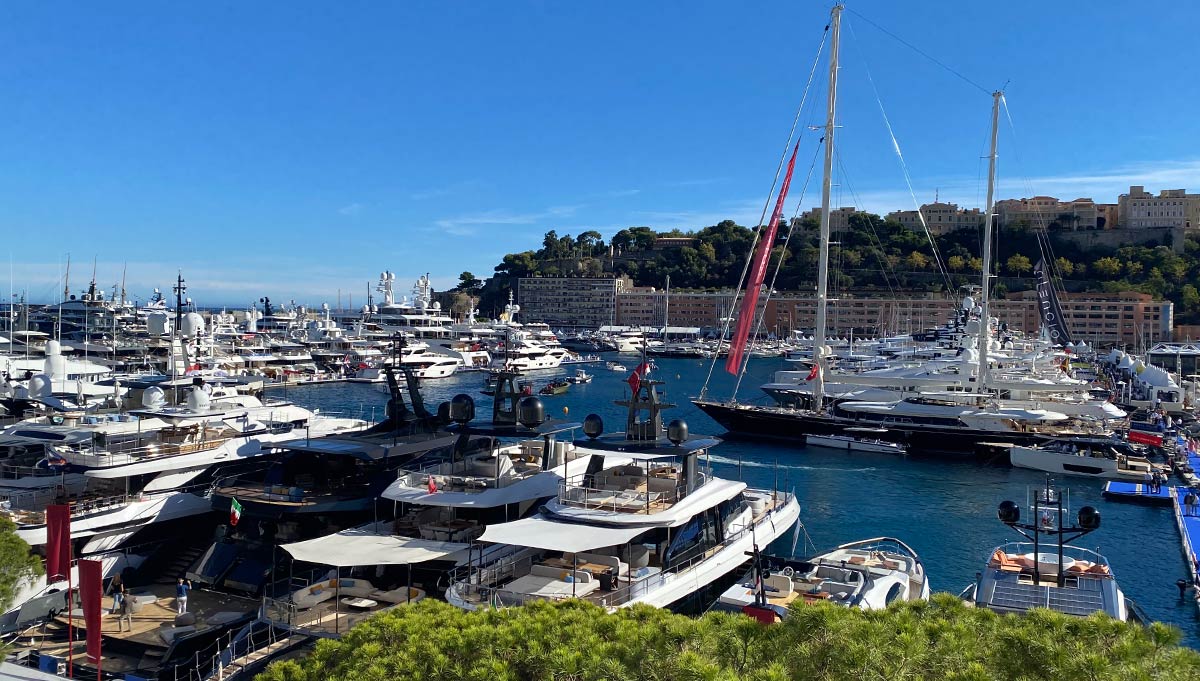
Monaco Yacht Show 2022

Monaco Yacht Show 2022
Sustained Interest
The superyacht sector is not only making great strides toward becoming a more sustainable industry, but is also leading the way in the wider maritime sector by taking collective and collaborative responsibility for its future.
“We are not in the business of delivering superyachts,” offers Anders Kurtén, CEO of the Baltic Yachts shipyard in Finland, “we are in the business of delivering dreams, which is significantly harder to do. These dreams,” he continues, “they vary in size but the sea is the same for all.”
It’s a fitting comment to prelude the 2022 edition of the Monaco Yacht Show, but in fact Kurtén is commenting in relation to a much wider consideration – the growing need to show that superyachting can be responsible, and that the industry is taking steps to clean up its act. Indeed, there are moves across the industry to make changes, to collaborate on design, to look at ways of measuring a yacht’s impact in order to improve its lifecycle emissions profile, and to look after the oceans that yachts and boats of all sizes call home.
The Monaco Yacht Show itself, for example, has long been considering its own impact and has begun working with the Prince Albert II of Monaco Foundation as part of the principality’s overall drive to go green. “We started in 2005 – at that time the show became carbon neutral,” says Gaëlle Tallarida, Managing Director of the Monaco Yacht Show. “And as the organiser, we are committed to respecting the Pact set forth by the government of Monaco for operations both during the year and during the show itself.”
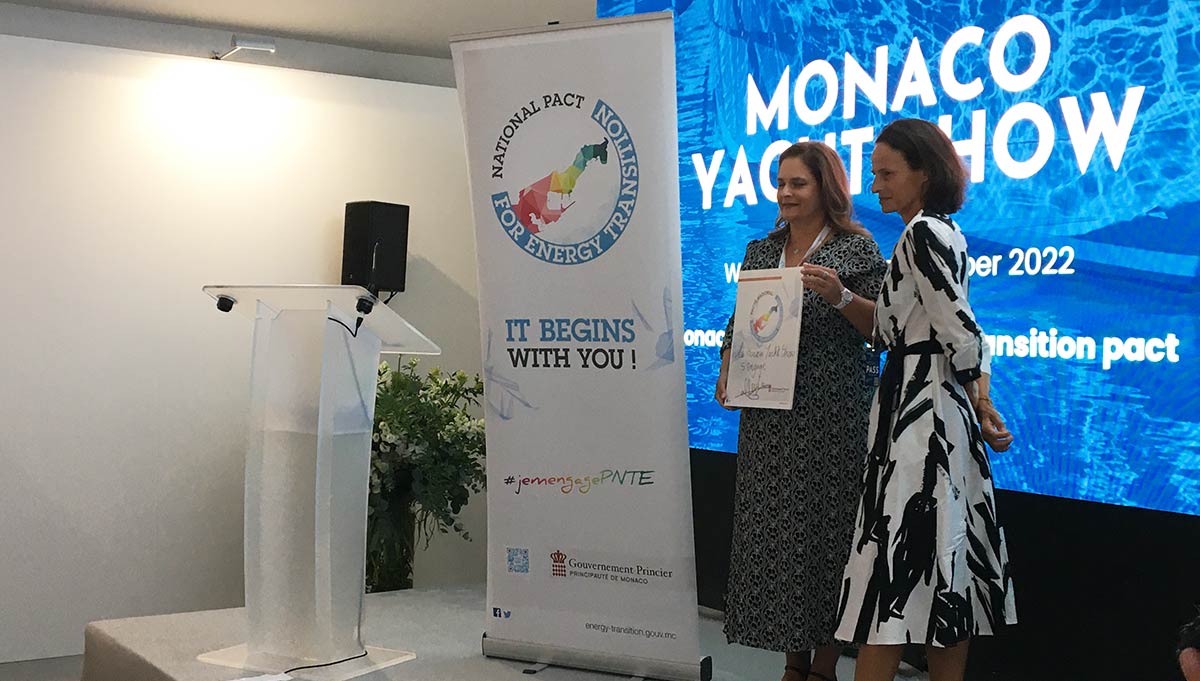
Sustainability Press Conference 2022

Sustainability Press Conference 2022
The Show’s actions encompass not only its own working practices and changing elements of the Show itself – for example, moving to recyclable straw-based refillable water bottles to eliminate reliance on plastic – but also the development of a new section of the Show dedicated to innovative companies offering alternative solutions to and within the yachting industry. Called the Sustainability Hub, the section is limited to companies who have been vetted by the Water Revolution Foundation – a not-for-profit that is working on various tools to improve and promote more sustainable practices within the superyacht sector.
“The Hub showcased verified sustainable solutions and eco-friendly projects that minimise superyachting’s environmental footprint,” Tallarida says. “We had start-ups specialising in technologies and solutions, and the Hub is set to take a leading role in showcasing innovative and future superyachting solutions.”
It’s an important development, because it serves to highlight how the superyacht industry as a whole is not only taking responsibility for its future, but is also attracting investment and resources as a hotbed of technical development that could benefit other maritime sectors and beyond. Water Revolution Foundation is a central element of that, not only in acting as a solutions vetter but also in helping to drive change across the industry. “There are projects around that focus on energy efficiency, fuel reduction, the use of wind power etc that are from older times – this is not something new,” says Robert van Tol, executive director of Water Revolution Foundation. “But it’s coming into the light now as sustainability becomes more and more the hot topic, also in our industry.”
The point, says van Tol, is that although these projects have existed for many years in superyachting, there was no alignment or coordination between them and no way to independently showcase what made those projects so innovative, nor was taken care of the existing and continuously growing fleet. “So the yachting sector came together in late 2018 to initiate and realise a collaborative platform for this topic specifically, and Water Revolution Foundation was born,” he explains. “As far as I know, yachting is the only maritime sector that actually has a dedicated non-profit organisation for tackling environmental impact reduction and for developing the tools to measure and subsequently improve that impact.”
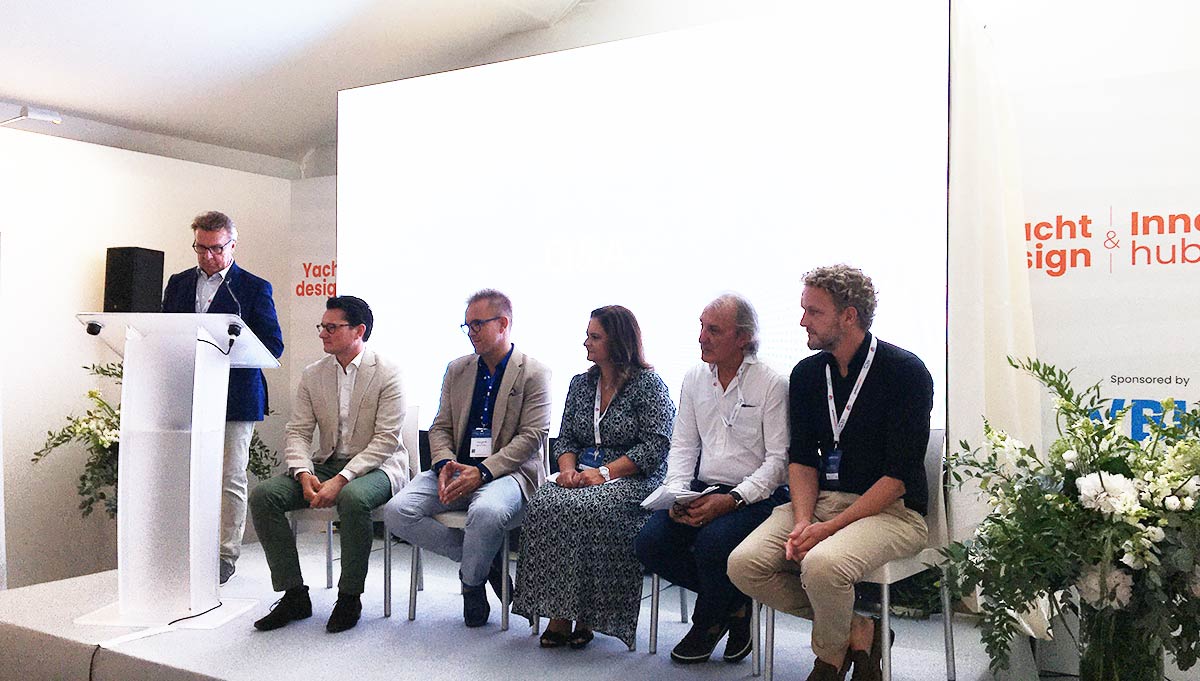
Sustainability Press Conference 2022

Sustainability Press Conference 2022
It has clearly started to ripple out among all sectors of superyachting, not least among the designers and naval architects, who have been in many ways at the forefront of evolving efficient yachts for decades. It was further highlighted in a Sustainability Press Conference held on the eve of the 2022 Monaco Yacht Show, which attracted a large audience not only of media but also of people from the industry itself.
For Baltic Yachts, their approach to sailing yacht design has always focused on an ethos of ‘lighter, stiffer, faster’, and that obviously lends itself to more efficient running. But as Kurtén points out, the challenges extend to the manufacture and operation of yachts too. “We are today leaders in building sustainable carbon composite superyachts, and the philosophy has evolved – it’s still ‘lighter, stiffer, faster’ but also ‘greener – together’,” he says. “Our customers collaborate with us to create sustainable solutions. But there’s no silver bullet, no simple solutions to complex problems. So it broadly falls into three main categories: reducing the environmental footprint of our production and using more organic materials; minimising the lifecycle emissions of superyachts while they are underway; and reducing the same lifecycle emissions when boats are at a standstill.”
For legendary designer Philippe Briand, who has successfully ported the design intricacies of efficient sailing yacht hulls to create efficient long-range explorer motor yachts, designers hold many of the keys. “The yachting industry needs to be proactive, and as an architect, I believe in analysis, measurement and benchmarks,” he enthuses. “We are forward thinkers – today, we are responsible for designing concepts that will be launched in 2025 or beyond. Architects and designers look forward to collaborating with the whole industry and with Water Revolution Foundation for a more sustainable future,” he continues. “Seeking more sustainability is a design game-changer – it’s exciting. I think to be a part of the solution for the planet, this is where the excitement is.”
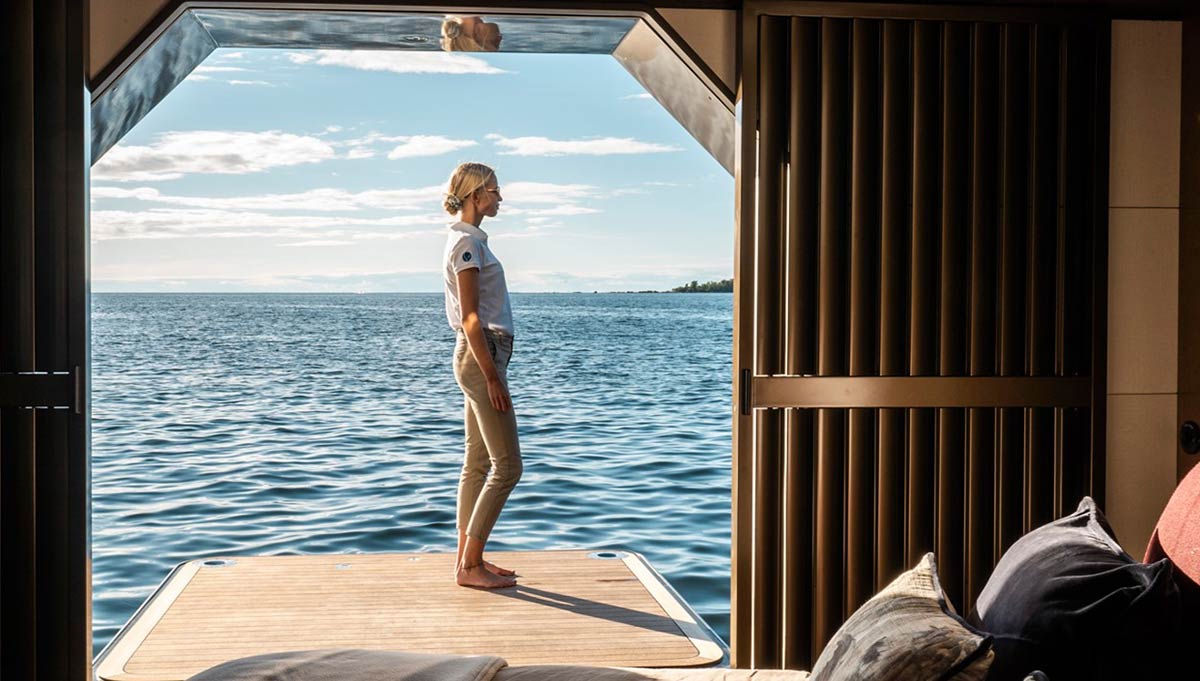
Photo: Baltic Yachts

Photo: Baltic Yachts
“What we see in our market, especially on the client side, is that there is awareness and a push,” adds Giedo Loeff, Head of Research and Development at Dutch superyacht builder Feadship. “And while it has taken us a while to provide solutions, it’s actually happening.”
In fact, compared to many other industry sectors superyachting is already a leader in lifecycle. Very few of the 5,500 superyachts that have been built over the decades have ever been scrapped, and most have been treasured for generations. Indeed, Kurtén points to the first Baltic yacht the yard built, 50 years ago, which has just returned for its first ever refit. “I have to ask you,” he challenges, “what other consumer product is as sustainable as that?”
With the yachting industry making great strides in all areas of design and technology, and coming together to ensure its collective footprint is front and centre of its ongoing development, it’s possible to think the future of yachting is bright green indeed. It’s the delivery of a dream that will represent true freedom for the tens of thousands of people who work in the yachting sector, and many more beyond.

